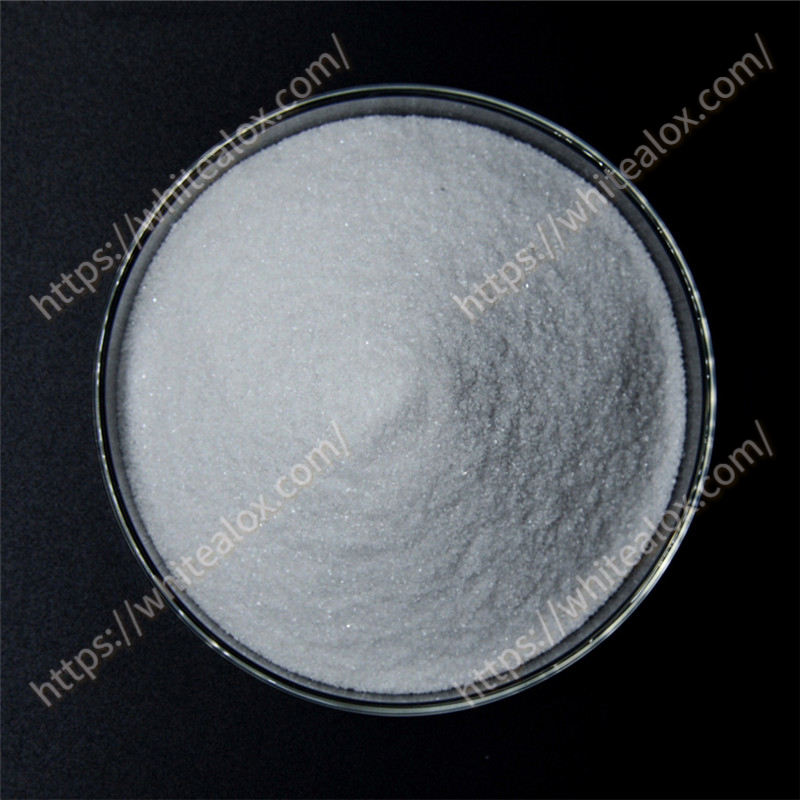As an additive or main component of ceramic glaze, white corundum (α-alumina) has the following significant advantages, which can significantly improve the performance and application effect of glaze:
1. High hardness and wear resistance
Mohs hardness is 9, second only to diamond, which can greatly improve the wear resistance of glaze surface and is suitable for high-frequency friction or mechanical impact environment (such as floor tiles, industrial ceramics).
Extend service life, reduce surface scratches, and maintain long-term beauty.
2. Excellent chemical stability
Acid and alkali corrosion resistance: not easy to react in high temperature or acid and alkali environment, suitable for special ceramics such as chemical equipment and laboratory utensils.
Oxidation resistance: not easy to oxidize during high temperature firing, keeping the glaze color pure.

3. Excellent high temperature performance
The melting point is as high as 2050℃, which is suitable for high temperature glaze (such as sanitary ceramics, refractory materials), and is not easy to decompose or volatilize during firing.
Low thermal expansion coefficient: good matching with the body, reducing the risk of glaze cracking (cracking).
4. Improve glaze quality
High whiteness (≥95%): Provides a pure white base for glaze, especially suitable for high-end white porcelain or light-colored glaze, reducing yellowing problems.
Fine particle size (machinable to micron level): Makes the glaze smoother and denser, reduces defects such as pinholes and orange peel.
5. Enhance mechanical strength
High rigidity structure: Improves the bending and compressive strength of the glaze layer, and reduces the breakage rate during transportation or use.
6. Environmental protection and safety
Non-toxic and harmless: Meets food contact standards (such as tableware, medical ceramics), no risk of heavy metal dissolution.
Extremely low radioactivity: Better than some natural mineral raw materials (such as zircon).
7. Process adaptability
Easy to disperse: Good compatibility with other glaze components (such as quartz, feldspar), not easy to agglomerate.
Wide firing range: Stable performance under different temperature systems, reducing process sensitivity.
Application scenario examples
High-end daily-use ceramics: Improve glaze gloss and touch.
Building ceramics: Enhance the wear resistance and weather resistance of tiles.
Electronic ceramics: As an insulating layer or heat dissipation coating.
Artistic glaze: Combined with colorants to achieve special textures (such as matte, crystalline glaze).
